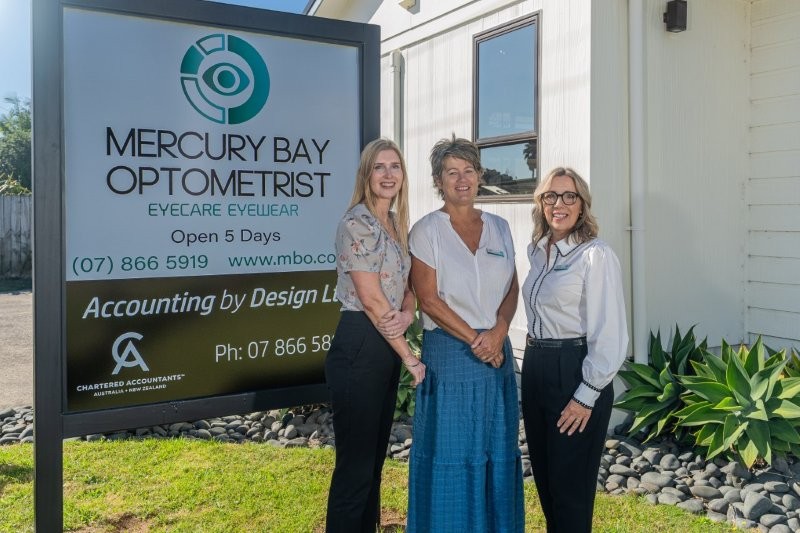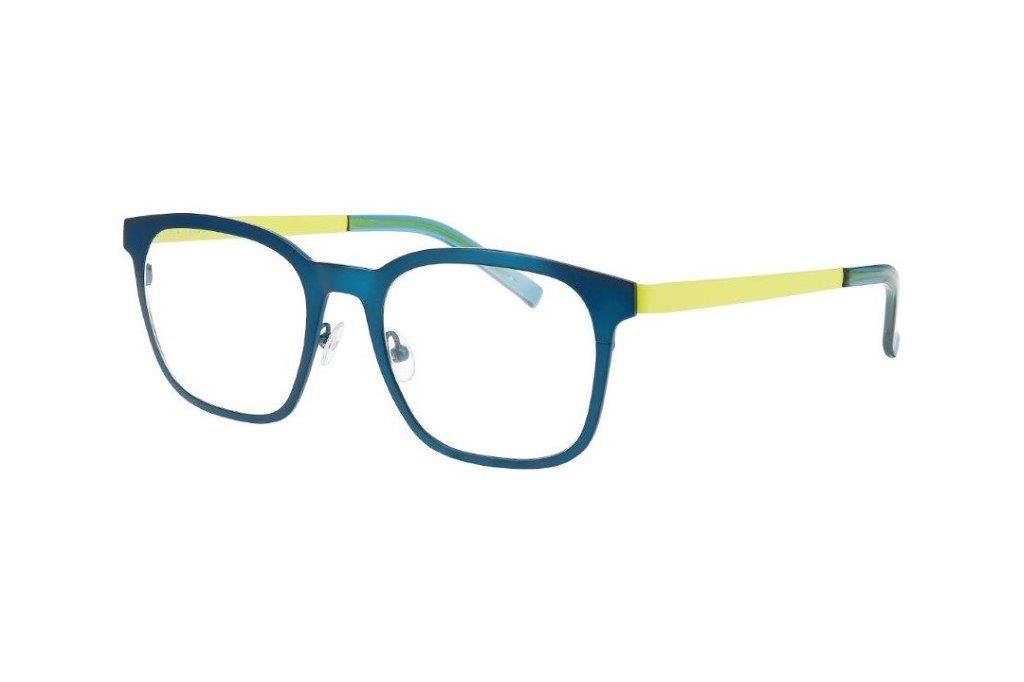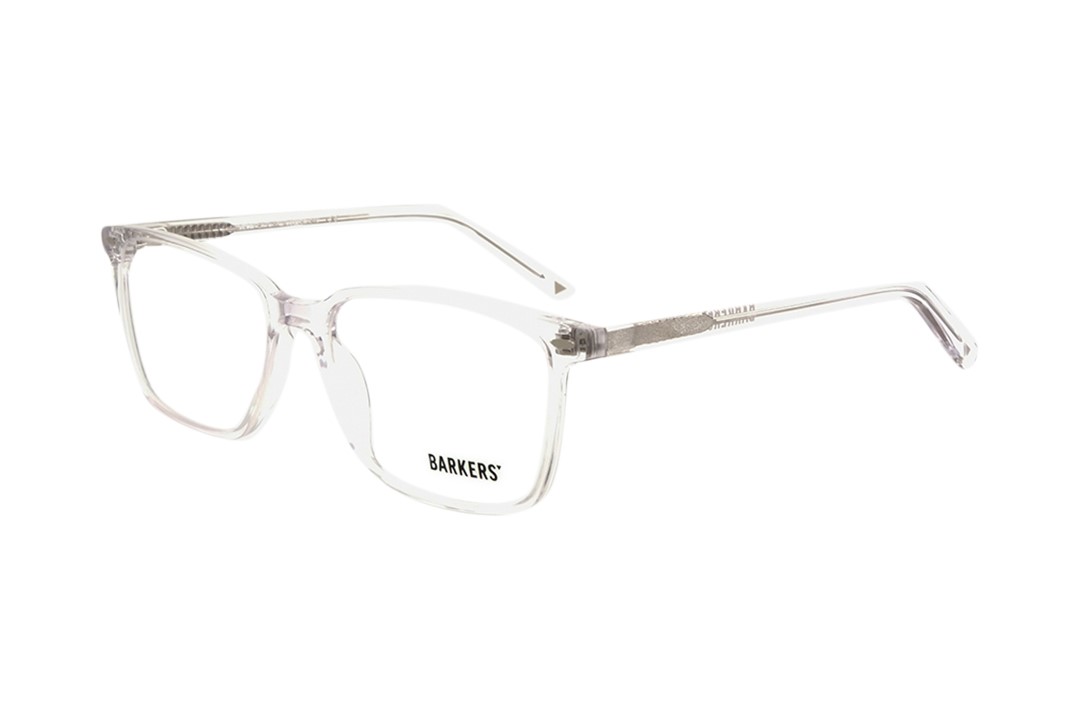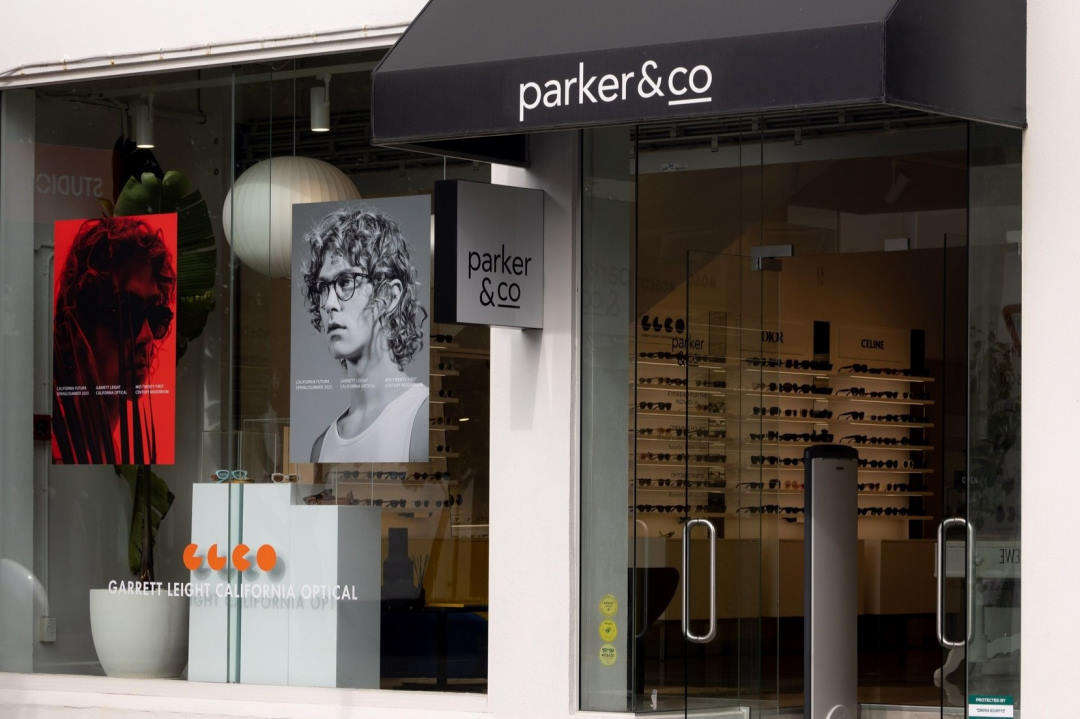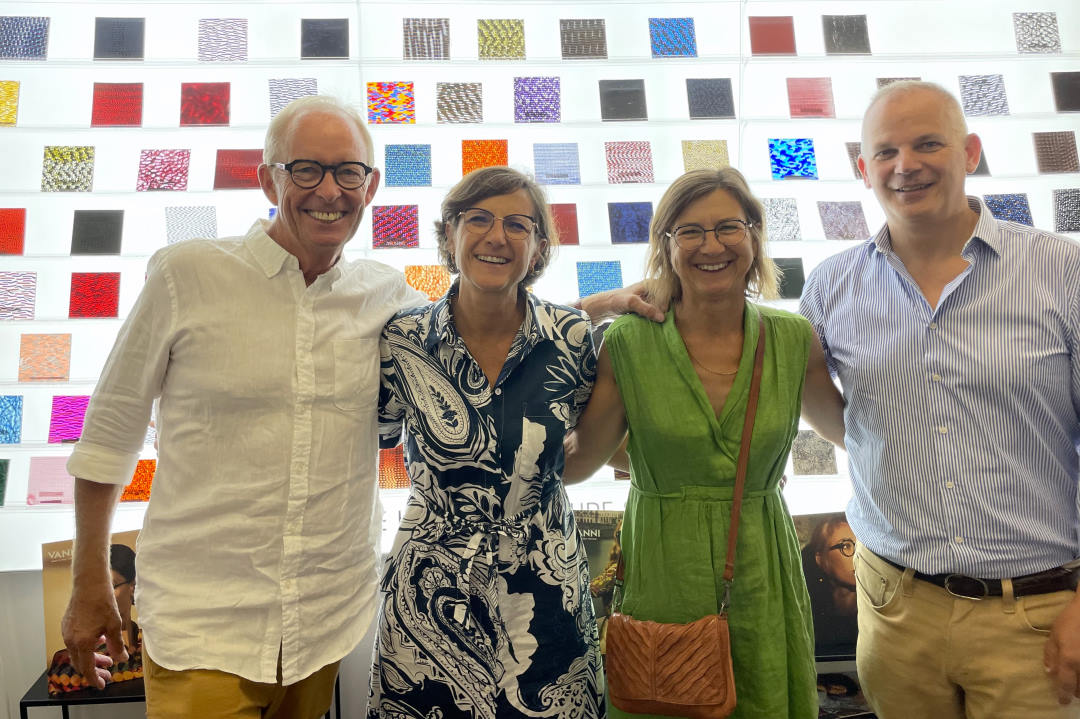Tackling that shrinking feeling
Shrinkage is a given in the retail game, but by taking a proactive approach to minimising theft, businesses can reduce both their stress levels and financial losses.
It’s a crime estimated to cost the country more than a billion dollars annually, and is increasingly perpetrated by criminal groups that are well organised and intimidating in their methods. But it’s not headline-grabbing offences such as methamphetamine dealing or cybercrime, it’s shoplifting.
While it may have once been the domain of bored, opportunistic teenagers up for a lark, shoplifting today is often a more organised and menacing business.
Chris Wilkinson, managing director of Wellington-based retail strategy firm First Retail Group, has spied a number of growing trends among shoplifters, including increased incidences of shoplifters travelling to several similar stores to fulfil specific orders.
“There's also an increasing incidence of threats made against staff and this is something that’s a major concern to businesses,” he says. “We’ve got people coming into stores and saying things like, ‘you’re all going to stand in the corner while I take this, and none of you are going to call the police’... it’s very scary.”

Chris Wilkinson
Phil Thomson heads up Auror, a crime-intelligence and prevention software platform that helps retailers and police work together to fight crime. Thomson says businesses in the eyecare and ophthalmic industries are facing similar issues to many other retailers with respect to shop theft and shrinkage - a progression toward more organised offending with groups that are selectively targeting goods, based on instructions from others, that can be easily on-sold.
“In particular, sunglasses are a known item targeted by thieves as they are readily convertible,” he says. “Just last year, one specialty sunglass retailer in Dunedin had $30,000 worth of stock stolen overnight from a kiosk in a shopping mall. That’s not the type of theft conducted out of opportunity because someone liked a pair of sunnies; it’s because sunglasses can be easily sold through markets, online or in person for money or drugs.”
To put this in an international context, according to the Global Retail Theft Barometer survey last year, sunglasses were the number four loss category within apparel and fashion accessories, says Thomson.
The cost of shoplifting
Greg Harford, general manager of public affairs at retail trade association Retail NZ, notes these trends impact businesses in a number of ways. “We’re seeing an increasing perception among some in the community – and it’s an incorrect perception – that shoplifting is a victimless crime and there are no consequences. Whereas actually there are very real victims of it.”
Ultimately, as consumers, we’re all victims as losses wrought by shrinkage impact the price we pay for goods, he says. “Retail crime is a big issue. There is some analysis that suggests it costs the economy about $1.2 billion a year nationally, so that’s a driver for every retailer to take it pretty seriously.”
At a firm level, the material cost associated with shrinkage is more keenly felt. Professional retail businesses such as optometrists are often small, privately-owned firms that are particularly impacted by the financial cost of theft, says Harford, and the violence and intimidation that are increasingly being associated with theft can be traumatic for staff and members of the public, and present a health and safety risk.
The emotional impact of theft on staff may be even greater in healthcare-related businesses such as optometrists, where relationships with clients tend to be closer than those in purely transactional retail environments, notes Wilkinson. “With that intimacy comes an implicit trust, so it can be very unexpected when you see that trust violated.”
It’s a sentiment echoed by therapeutic optometrist Hadyn Treanor, who is co-owner of Auckland-based Frith & Laird Optometrists.
“We see ourselves more as a community optometrist, and that people are coming in because they’re genuinely seeking help and not wanting to be ‘sold’ to. So to then find out that that person wasn’t looking for your help and they were actually after something to take from you, I think that hurts more than if it was in a purely retail environment.”

Greg Harford
Tackling the shoplifting problem
Frith & Laird’s Manurewa-based premises are located on the first floor of a medical centre, which Treanor says makes the practice less vulnerable to shoplifting, although he says the business is still not exempt. Prior to joining Frith & Laird seven years ago, however, Treanor worked in a number of different practice environments, including in a city centre location with a large sunglass offering where shoplifters were very much on the radar of staff.
“One of the little things we always did was ensure the frame and sunglass racks were kept full, so if something was taken it was obvious,” he says. “But sometimes the more organised [shoplifters] would have a dummy frame they would swap. So they'd take the designer sunglasses down and the cheap service station sunglasses would go into the rack in their place. So you do need to be very vigilant because when they're good, they’re very good.”
Dispensing optician and optometry practice designer Elaine Silk agrees keeping displays tidy and fully stocked – affording a quick visual check that nothing’s missing – is one tactic to help fight shrinkage.
Silk says thinking about preventing shrinkage when planning a practice layout ultimately benefits the overall experience for both clients and employees. She prefers practice designs that are as open plan as possible, and says a well-considered layout can eliminate blind spots that staff can’t manage or watch.
“Stand at your reception and survey your practice. Then do the same at your dispensing desks. Are there areas you cannot see? Consider moving any freestanding frame displays that impede your line-of-sight through the practice, and create a clear view for your employees and clients. The potential shoplifter will know they are far more likely to be seen.”
Mirrors are also a great theft deterrent, she says. “One bonus when it comes to optometry practice design is the ability to use lots of mirrors – both for your clients to appreciate the great eyewear you have and for the added perk that when consumers can see themselves, they tend to behave more appropriately.”
Wilkinson’s company delivers a crime-prevention initiative called Eyes On, which helps businesses in the Capital work with each other and police to proactively reduce theft. Empowering staff with the skills to deal effectively with shoplifters is crucial, he says. The Eyes On initiative includes staff training programmes such as ‘verbal judo’, which teaches staff how to diffuse tricky situations using words and body language.
Auror’s Thomson says taking a proactive approach to shoplifting prevention through customer service is also a good tactic. “The very best way to discourage an offender from stealing is to shower them with customer service. If you spot someone in a store that seems suspicious, they should become your number one service priority while in the shop. Ask for their name, be helpful, point out specific glasses, offer to hold bags, and do anything else you can think of to let them know that they have your full attention. Often thieves will leave rather than try to press ahead with a theft if they know they are being watched.”
Another key is to keep communicating with the public about the efforts you’re taking with security; with other retailers to share any shoplifting intelligence, as well as advice and support; and with police, says Harford. “There’s sometimes, perhaps, been the perception that the police won't come [when shoplifting is reported], or it’s not worth the effort. Well it absolutely is because the police can’t do anything about it if they don’t know about it. Particularly with today’s software tools, you can now track patterns of activity and piece them together and build up potentially quite a dossier against individuals.”

Hadyn Treanor

Elaine Silk
Theft from inside
When it comes to preventing theft from staff, many of the same principles apply, says Harford. “It’s around making sure you’ve got security systems in place, thoroughly vetting your people, and making sure they’re aware you are watching what’s going on – in a positive way, in that you’re keeping an eye on the store.
“Ideally its about having people working together so there’s good communication within the store, and again communicating with police and nearby retailers because if you find there are a lot of problems in your store and it's only in your store then that might be telling you something.”
Frith & Laird’s Treanor says combating internal theft can be particularly challenging in small businesses where responsibilities still inevitably need to be delegated, but there’s not always the luxury of having them overseen by a number of staff. Then again relationships between staff in small firms tend to be closer so it can be easier to pick up on clues that theft is occurring, such as staff displaying spending that’s out of sync with their earnings.
“It’s difficult as a store owner in that you can't do everything all the time. You have to give people responsibility and inevitably it’s the front of house staff who are handling the money. There has to be an element of trust but at the same time you have to be vigilant – things like keeping an eye on how many bank runs you’re doing to deposit cash, or looking at how many refunds you’re doing.”
Treanor also says that when hiring, practice owners should check to see if there are any gaps in the applicant’s CV. “More often than not, it’s the employees who you’d almost least expect because they’ve worked hard to earn your trust so you start giving them more and more responsibility. Unfortunately, that’s sometimes when it’s betrayed.”
A right mess
A good Samaritan who came to investigate a disturbance at optometrist Peter O’Hagan’s Paeroa practice late one night got hit in the head with a brick for his trouble by a burglar fleeing the scene.
While the incident made news headlines when it happened in April 2015, thankfully O’Hagan says the man who was struck made a quick recovery. But other annoyances linger.
“There’s a bit of evidence that they’d cased the joint a few days before. They’d come in, wandered around, made an excuse and left,” he recalls.
“The stupid thing was they broke in to steal the $20 that was in the charity box on the counter – that’s all they took. For all that, we had glass all through the front [of the practice], and I was up in the middle of the night taping it up.”
Despite the experience, O’Hagan – who with his wife, optometrist Heather O’Hagan, also has practices in Whangamata, Waihi and Te Aroha – feels his businesses are not an obvious target for thieves and their security measures have remained unchanged.
“It was just our turn. We’ve had three robberies in 34 years, and for us the cost has been in the mess, not in what they take.”
A corporate take on shrinkage?
Peter Papatheodorou, loss prevention manager at Specsavers for Australia and New Zealand, shared his five top tips for securing your business:
- Position a designated ‘meet-and-greet’ staff member close to your store entrance. Not only does this improve the ‘welcome’ factor for patients and help capture browsers, it also acts as a deterrent for external theft
- Installing a CCTV camera and alarm system will deter potential theft and provide valuable evidence to assist police when a theft has been committed. Make sure the CCTV camera is highly visible
- Undertake regular stocktakes. This will identify missing stock very quickly and alert you and all staff to what could be either internal or external risks
- Establish a clear process for staff to report shoplifting or theft concerns to management
- Always do a complete end-of-day reconciliation and run all available reports, ensuring any card or cash variances are fully understood.












